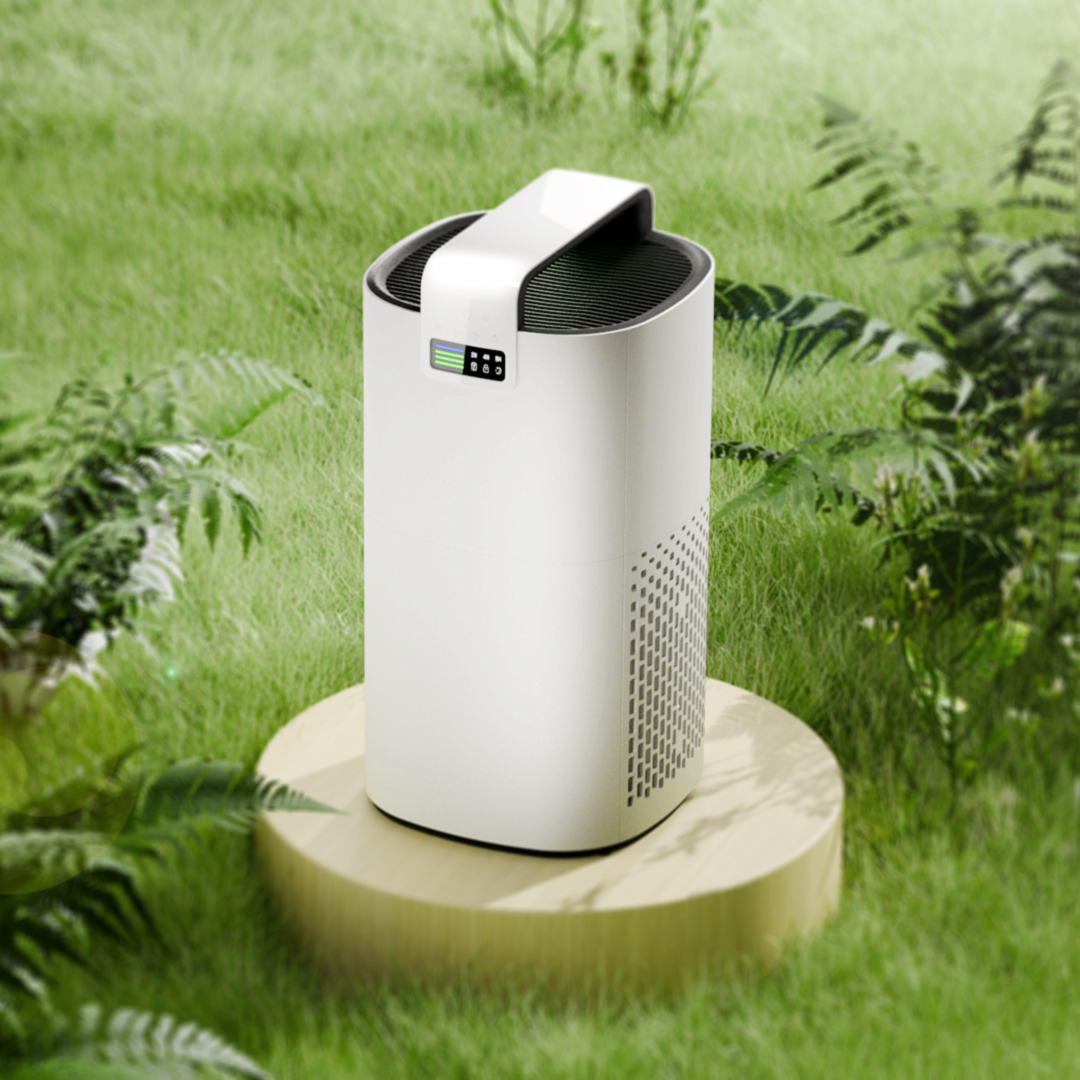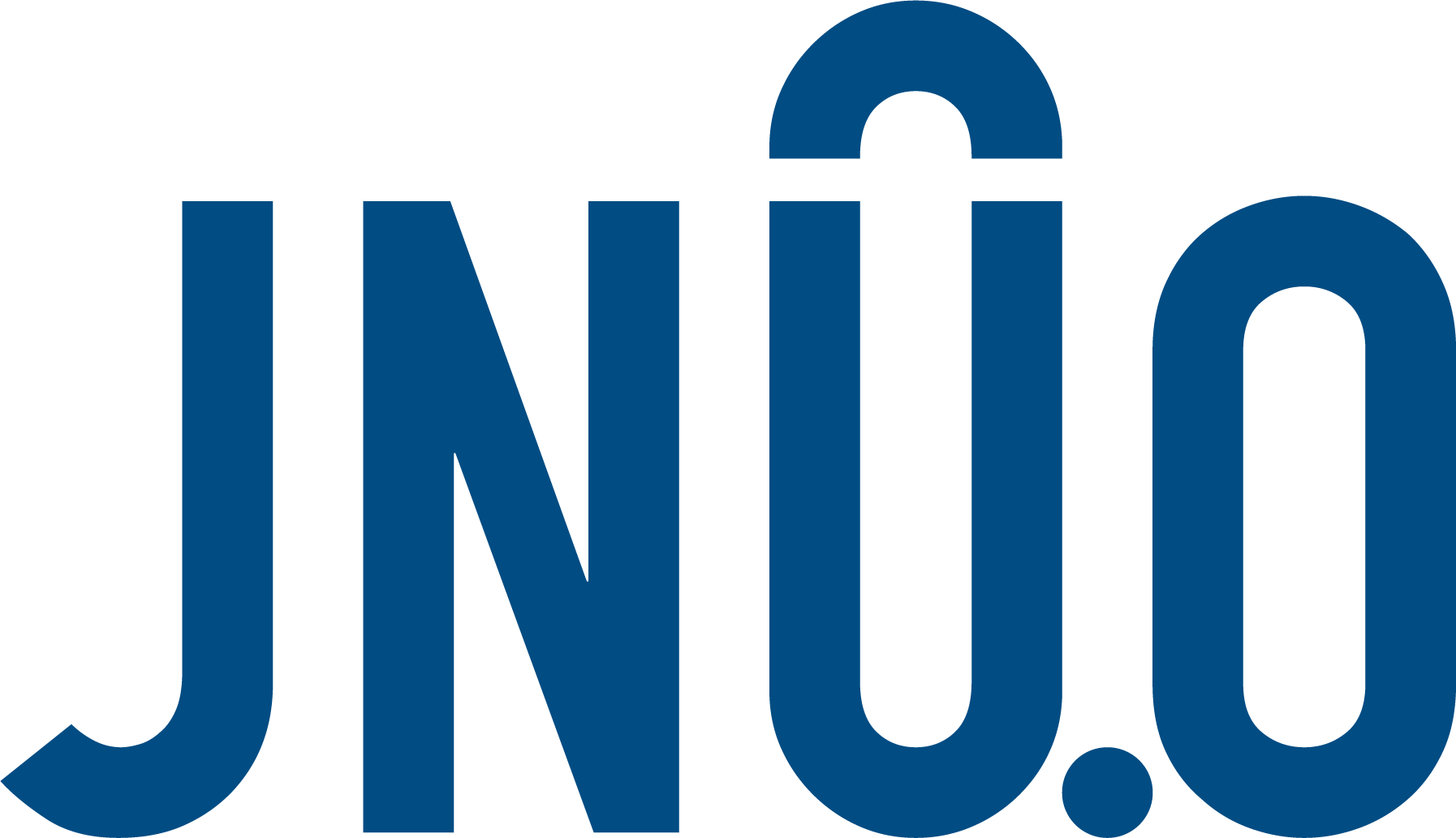What Are the Practical Uses of Smart Features in Air Cleaners?
Enhancing Daily Life Through Intelligent Air Purification
Modern air cleaners with smart capabilities transform passive filtration into active air quality management systems that adapt to changing environmental conditions. These connected devices do more than simply clean air—they monitor, analyze, and respond to invisible airborne threats in real time while providing valuable insights about indoor environments. Smart air cleaners leverage sensor arrays, wireless connectivity, and intelligent algorithms to optimize their performance automatically based on actual air quality data rather than operating on fixed schedules. The practical applications of these advanced features range from health protection to energy savings, making them valuable additions to homes, offices, and healthcare environments. As indoor air quality awareness grows, smart air cleaners emerge as essential tools for creating healthier living spaces through technology-driven purification strategies.
Real-Time Air Quality Monitoring
Continuous Pollutant Detection
Smart air cleaners incorporate multi-sensor arrays that detect particulate matter, volatile organic compounds, carbon dioxide levels, and other air quality indicators. These sensors provide minute-by-minute updates about invisible contaminants that traditional air cleaners would ignore. The detection capabilities allow smart air cleaners to respond immediately to cooking fumes, cleaning product vapors, or outdoor pollution infiltration. Some advanced models differentiate between particle sizes, recognizing when wildfire smoke or fine dust enters the environment. This real-time monitoring turns air cleaners into proactive sentinels rather than reactive appliances, addressing air quality issues before they become noticeable to human senses. The continuous feedback loop ensures purification matches actual needs rather than operating on assumptions or fixed timers.
Environmental Data Visualization
Connected air cleaners transform raw sensor data into understandable air quality metrics through companion smartphone apps and display panels. Users can track historical trends showing how indoor air quality fluctuates throughout the day and across seasons. The visualization features help identify pollution patterns related to specific activities like vacuuming, painting, or increased occupancy. Some smart air cleaners generate weekly air quality reports that suggest behavioral changes to complement the purification efforts. This data transparency educates users about their indoor environment while demonstrating the value of their air cleaner investment. The graphical interfaces make complex air quality science accessible to non-experts, fostering greater awareness about everyday exposures.

Automated Performance Adjustment
Dynamic Filtration Optimization
Smart air cleaners automatically increase fan speed when sensors detect rising pollutant levels, then return to energy-saving modes when air quality improves. This dynamic adjustment prevents unnecessary noise and power consumption during clean periods while ensuring rapid response to new contamination. The systems learn typical air quality patterns in each environment, anticipating needs like increased filtration before peak cooking times. Some models adjust purification methods based on pollutant type—activating carbon filtration for odors while boosting HEPA filtration for particulates. This intelligent adaptation makes smart air cleaners more effective and efficient than units operating at fixed settings regardless of actual conditions. The automation ensures optimal air quality without requiring constant manual adjustments from users.
Context-Aware Operation Modes
Advanced smart air cleaners recognize different scenarios through sensor patterns and activate specialized purification protocols. Sleep modes automatically reduce noise and dim lights while maintaining air quality throughout the night. Away modes conserve energy when spaces are unoccupied but prepare clean air before scheduled returns. Guest modes temporarily boost purification when increased occupancy raises CO2 and particulate levels. Some air cleaners integrate with smart home systems to coordinate with other devices—increasing ventilation when air quality declines or closing smart vents during outdoor pollution events. These context-aware features make smart air cleaners seamless additions to modern lifestyles that value both automation and customization.
Health-Focused Applications
Allergy and Asthma Management
Smart air cleaners provide targeted support for respiratory conditions by detecting and eliminating specific triggers. Pollen counters help allergy sufferers track seasonal threats while automatic filtration removes the allergens before symptoms appear. Asthma mode increases filtration when particulate sensors detect dust or pet dander concentrations reaching problematic levels. Some models sync with health apps to correlate air quality data with symptom diaries, identifying personal trigger thresholds. The smart features allow air cleaners to preemptively purify bedrooms before sleep—a critical period for allergy and asthma sufferers. These health-specific applications transform generic air cleaners into personalized therapeutic devices for sensitive individuals.
Pandemic Safety Enhancements
Intelligent air cleaners rose to prominence during recent health crises by providing measurable protection against airborne pathogens. Virus protection modes combine maximum airflow with extended UV-C exposure to neutralize contagious particles. CO2 monitoring helps assess ventilation adequacy—a key factor in airborne disease transmission risk. Some smart air cleaners integrate with contact tracing apps to increase purification when elevated risk is detected. The devices provide tangible reassurance through particle counters that show pathogen-removal effectiveness in real time. These features make smart air cleaners valuable tools for schools, offices, and healthcare facilities managing ongoing infection control requirements.
Energy and Maintenance Efficiency
Smart Filter Life Monitoring
Advanced air cleaners track actual filter usage rather than relying on simple timers to indicate replacement needs. Sensors measure airflow resistance and contaminant loading to predict remaining filter life accurately. The systems alert users when specific filters need attention—carbon filters often require replacement before HEPA filters in the same unit. Some models automatically order replacement filters when supplies run low, ensuring continuous optimal performance. This intelligent monitoring prevents premature filter changes that waste money while avoiding delayed replacements that compromise air quality. The feature transforms maintenance from a guessing game into a precisely managed aspect of home care.
Energy Usage Optimization
Smart air cleaners minimize electricity consumption by operating at lower speeds when full power isn't required. Learning algorithms identify periods of predictably good air quality to schedule energy-saving operation. Integration with utility smart meters allows some models to shift intensive purification to off-peak rate periods. Solar-compatible air cleaners can prioritize operation during daylight hours when renewable energy is abundant. The systems provide energy usage reports that help eco-conscious users understand and reduce their environmental impact. These efficiency features make continuous air purification sustainable rather than an energy burden in environmentally responsible homes.
Integration and Customization
Smart Home Ecosystem Connectivity
Modern air cleaners seamlessly integrate with popular smart home platforms for unified environmental control. Voice commands through Alexa or Google Assistant enable hands-free control for busy households. Geofencing features automatically activate purification when residents approach home. Integration with weather apps allows preemptive filtration when outdoor air quality declines. Some models coordinate with smart thermostats to balance air cleaning with HVAC operation for optimal comfort. This connectivity transforms stand-alone air cleaners into integrated components of comprehensive home automation systems that work together to enhance living conditions.
Personalized Air Quality Profiles
Sophisticated smart air cleaners allow multiple user profiles with customized air quality preferences. Family members can set individual thresholds for automatic purification activation based on sensitivity levels. The systems learn from manual overrides, adapting to unspoken preferences over time. Some models allow remote monitoring of children's rooms or elderly relatives' spaces with customized alerts. Pet owner modes increase filtration when animal activity is detected while maintaining quieter operation during sleep periods. These personalization features ensure smart air cleaners meet the unique needs of each household rather than offering one-size-fits-all solutions.
FAQ
How accurate are the sensors in smart air cleaners?
High-quality smart air cleaners use industrial-grade sensors with laboratory-tested accuracy, though performance varies by brand—look for units with particle counters accurate to 0.3 microns and VOC sensors with at least 1 ppm resolution.
Can smart air cleaners detect all types of indoor pollutants?
While comprehensive, even advanced smart air cleaners may not detect every potential contaminant—they excel at particulate matter, common VOCs, and CO2 but might miss certain gases or ultrafine particles without specialized sensors.
Do smart features significantly increase the cost of air cleaners?
The technology premium typically adds 20-30% to the base cost but pays back through energy savings, optimized filter life, and better health outcomes that simpler units can't provide.

 EN
EN
 AR
AR
 NL
NL
 FR
FR
 DE
DE
 EL
EL
 HI
HI
 IT
IT
 JA
JA
 KO
KO
 PL
PL
 PT
PT
 ES
ES
 ID
ID
 VI
VI
 TH
TH
 TR
TR
 MS
MS
